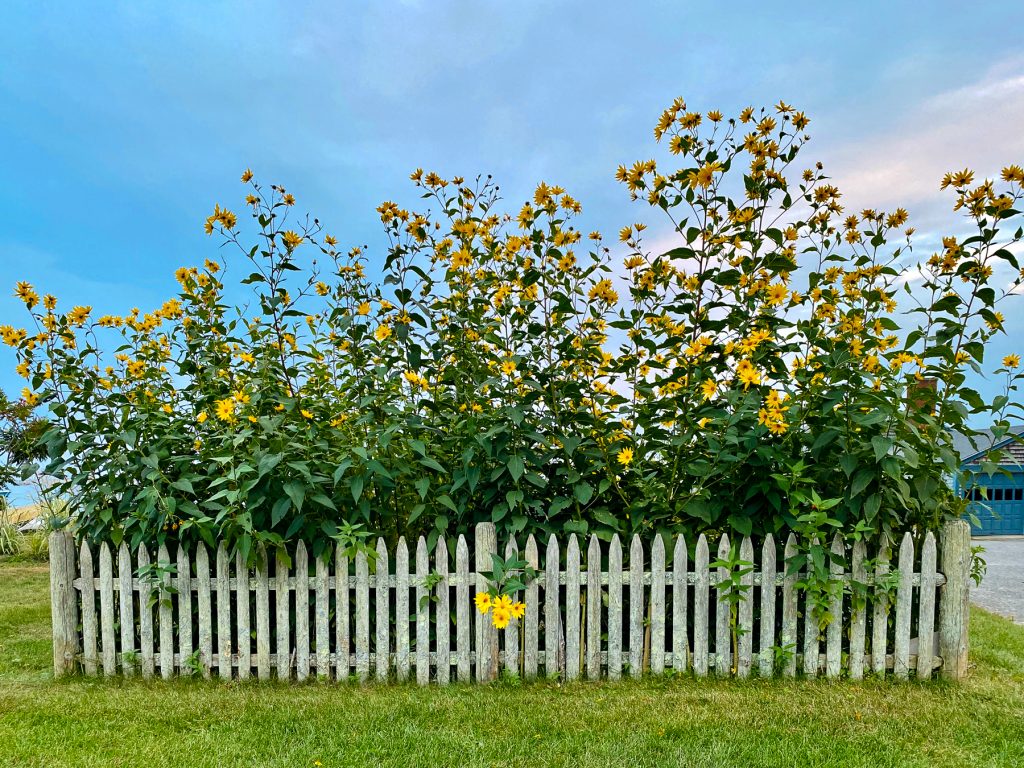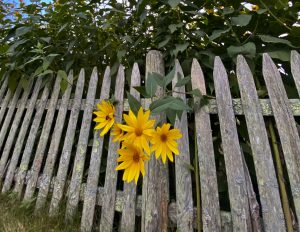 For weeks last summer, I woke up around 2:00 am with the same song running through my head. It was Jackson Browne singing The Pretender. Coming to consciousness, I heard: “When the morning light comes streaming in, I’ll get up and do it again”. We are, all of us, facing the same quarantine day on repeat. What choice do we have but to get up and do it again?
For weeks last summer, I woke up around 2:00 am with the same song running through my head. It was Jackson Browne singing The Pretender. Coming to consciousness, I heard: “When the morning light comes streaming in, I’ll get up and do it again”. We are, all of us, facing the same quarantine day on repeat. What choice do we have but to get up and do it again?
The Pretender is a paean to the sameness of a grown up life, a prayer for the sadness of an average existence. But amidst the dirge of broken dreams is the wisdom “in the end, it’s a blink of an eye.” We think of “Groundhog Day” with a groan nowadays because it describes our monotonous locked down lives. But did you know that Harold Ramis’ film has been called “one of the greatest spiritual movies” of all time?
Getting up and doing it again without the shiny distractions of our modern days means slowing down and facing the drab reality of our actual lives. We can no longer numb ourselves with travel, parties and work. Instead of proving we’re busy and important, we are facing the tough stuff – is the marriage going to work? Are my kids okay? When will I see my older parents? Has there every been a time when all of our inequities, glories, and longings were so fully on display?
Bill Murray starts as a jerk, wallows in self pity when he gets stuck, digs himself out of a hole by learning to play piano and tend to a dying man, and becomes a better man. And finds love, of course. Given that things are going to be like this for a while longer, maybe the song is urging me to become a better version of myself. After all, finding a girl who in Jackson Browne’s terms could “teach him what laughter means” made Bill Murray happy.
Murray’s spiritual journey to get it right is the only real journey there is. It’s never quite over, and it’s never actually perfect … but it can sure keep your attention. In last summer’s surprise hit “My Octopus Teacher,” a nature photographer processes a personal crisis by diving underwater each day for a year to get to know a certain lady octopus. The film treats us to a remarkable underwater world where we meet one of nature’s most intelligent creatures. We never learn what sent this crazy guy into the freezing cold waters of a kelp bed off the Western Cape of South Africa every day — he is free diving, no tanks, and there are sharks! Like “The Creature from the Black Lagoon”, he pretty much falls in love with an octopus and returns to see her daily. But you’ll notice a theme here: when the morning light came streaming in, he got up and did it again. And, it healed his soul.

If finding solace in repetition is the spiritual key, what is that thing that we can do every day to start on the path? We can make things — from cooking to crafts to art — and work to get better at them. The first, most simple lesson of any artistic venture is to show up every day for your practice. One day at a time. The wisdom goes that you don’t have to be an expert to begin, but you certainly will not get to any level of mastery without taking those first steps. The inspiration and learning will come; at least, that’s the promise. No one said it’s easy. According to Dorothy Parker, “writing is the art of applying the ass to the seat,” but knowing what to do once you sit your butt down is the tricky part. You gotta be comfortable with the not knowing and wait for that butterfly of inspiration to light on your shoulder.
I have a friend, a busy agent, who decided years ago that his thing was throwing pots. He bought a wheel and kiln and has been working quietly in his basement ever since I can remember. After his kids grew up, he rented himself an actual studio to work in and is one of those people who knew exactly how to spend all his extra quarantine time. His work is getting more beautiful and he finds true satisfaction in the pursuit. He has turned that corner where his work is a pure expression of who he is.
I admire the hell out of that. I’ve thought of myself as a photographer for my whole life but haven’t ever made much of it. But, two years ago, I started working with a group of photographers in a master clinic. We work independently and gather a few times a year for intensive weekends (now our lessons and reviews are conducted over Zoom). We don’t expect to be famous or even to make money, but we have each decided that this pursuit gives our lives meaning and that bonds us. I was in the midst of a portrait project as the pandemic hit. I left it aside when I couldn’t visit my subjects. After months, I realized how blue I had become without the project driving me each day. None in the group, even our teacher, was shooting new work last spring or in the early summer. We would gather for zoom classes, nursing our various depressions, talking to each other about being in a “fallow period”, but inspiration was elusive. We took a summer break, and when we returned in September, something magic happened. We picked up our cameras and the images we produced were fresh and new. The idea of the fallow period comes from agriculture; the fields cannot be worked all the time, and need time to regenerate. But at some point, the plow works its rows again and seeds will flourish.
James Baldwin said that “The entire purpose of society is to create a bulwark against the inner and the outer chaos, in order to make life bearable and to keep the human race alive.” This year, the regular busyness that occupied us so fully that we fell into bed exhausted and unaware — that’s all gone. In the quiet of the pandemic, my life line has been to believe in the artist’s way. The ritual of showing up and the preoccupation with the work is providing something I didn’t even know that I needed. I hope to one day be as productive as my ceramicist friend. I also know how many years he stayed at the wheel and let distractions fall away. I am just beginning.
WRITTEN BY

